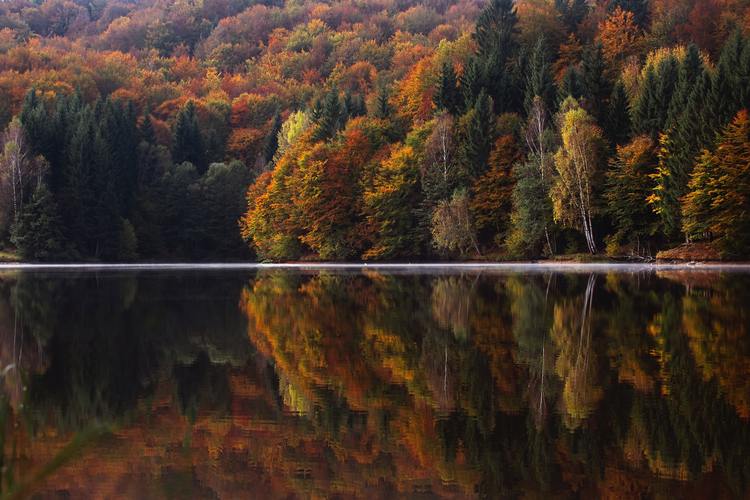World War 1 was a pivotal event that not only shaped the political landscape of Europe but also influenced the fields of art, literature, and society. The war resulted in a massive loss of lives and a shift in the way people perceived the world. The resulting trauma and disillusionment fueled a cultural explosion that had profound implications for the world of art and literature in the years that followed.
Artistic expression played a significant role in shaping peoples’ perception of WW1. The war brought about a sense of urgency and gravity for the artists of the time who sought to express their experiences through creative mediums. This newfound urgency and gravity gave rise to avant-garde movements such as Cubism, Futurism, and Dadaism. These movements strived to capture the essence of the time and represented the chaos and disorder of the era. The art produced during this time often depicted war-torn landscapes and the horrors of the battlefield. Some notable examples include Otto Dix’s ‘The War triptych’ and Paul Nash’s ‘We Are Making a New World.’
Similarly, literature also played an essential role in fashioning the cultural landscape of the time. WW1 marked a significant shift in the way the western world perceived war. The romanticized notions of war and heroism that had persisted before the war were shattered. Instead, the war brought to light the scale of human suffering in the context of mass-produced warfare. As a result, the literary scene witnessed a shift towards autobiographical and anti-war narratives that sought to explore the human cost of conflict. Notable works that reflect these trends include ‘All Quiet on the Western Front’ by Erich Maria Remarque and ‘Mrs. Dalloway’ by Virginia Woolf.
Furthermore, The war also sparked a shift in society’s values, norms, and beliefs. The interpersonal, generational, and social relationships between people were altered. The traditional societal structures that had persisted for centuries were thrown into disarray, and innovative lifestyles and political philosophies emerged. Women’s suffrage gained much-needed momentum as the war necessitated the active participation of women in society. The war also sparked conversations around the notion of imperialism, democracy, and internationalism, which led to significant domestic and international reforms.
In conclusion, the cultural impact of WW1 was immense, with art, literature, and society being transformed in ways that were previously unimaginable. The war marked a time of great upheaval, but this period of chaos also led to various advancements and new ideas. Avant-garde artistic movements, anti-war literature, and political reform all bear the markings of WW1’s profound cultural impact. It is imperative that we recognize and understand the impact this war had on our cultural heritage and how it serves as a poignant reminder of the need for peace and understanding.
(Note: Do you have knowledge or insights to share? Unlock new opportunities and expand your reach by joining our authors team. Click Registration to join us and share your expertise with our readers.)
